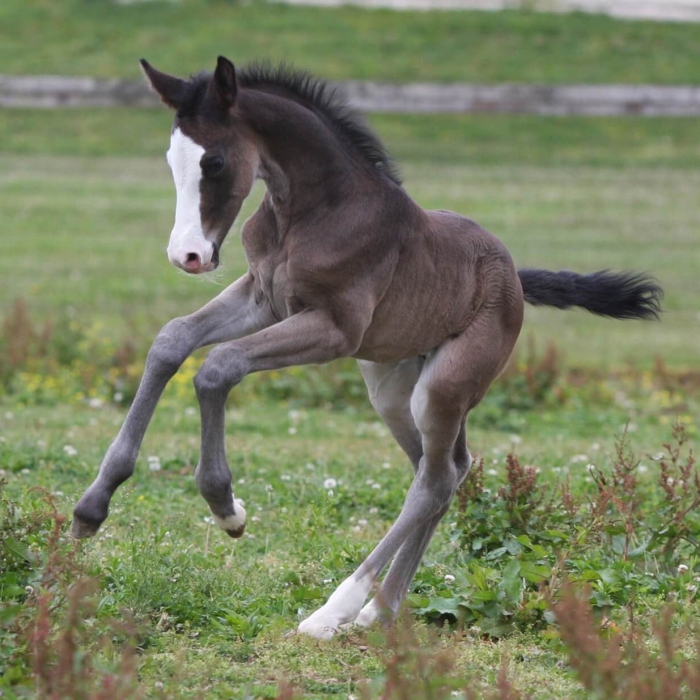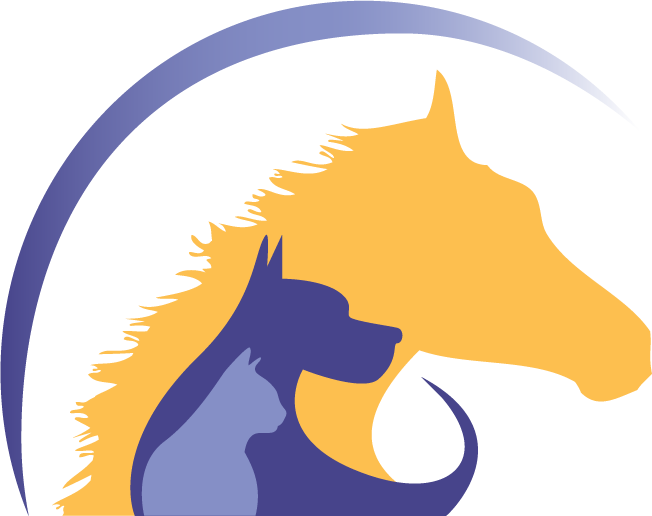Producing Foals at Baldivis Equine
Optimum performance of your breeding Equines through excellent veterinary care 24 hours every day.
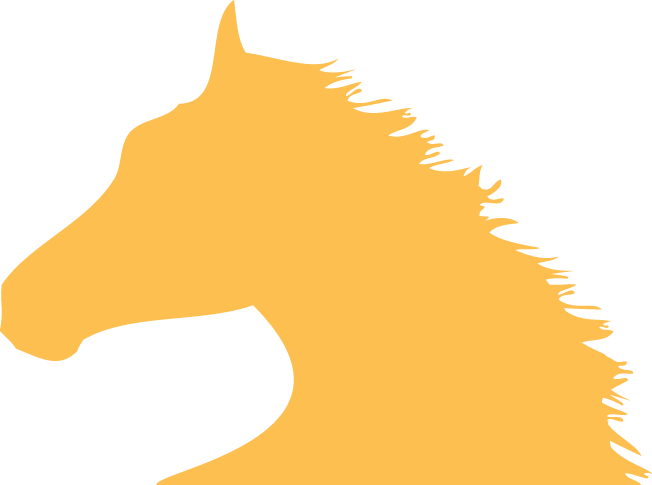
We care for all types of horses, small and large, young and old, basic breeding to advanced technologies.
Breeding Your Mare
We are here to ensure your mare(s) have optimum reproductive performance. What ever your goals, we want to help you achieve them.
We care for all types of horses, small and large, young and old, basic breeding to advanced technologies. Let us help you produce a winner either at your horse breeding farm or a commercial horse stud or at Baldivis Vet Hospital.
We regard each examination of your mare as an opportunity to move closer to achieving a pregnancy. An overview of the reproductive physiology of the mare will help you understand the breeding cycle of the mare and what is required to achieve pregnancy.
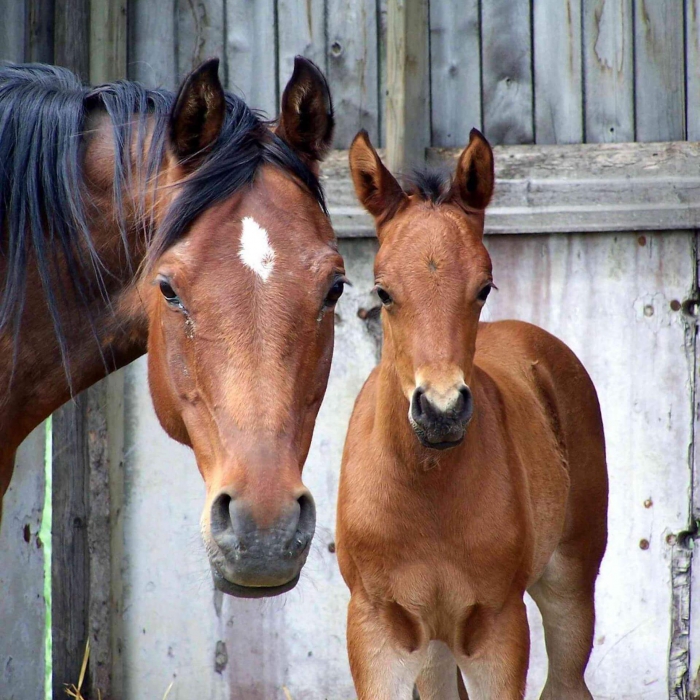
An overview of the reproductive physiology of the mare
The peak breeding season of the mare is summer where as the breeding season for the majority of horse breeds starts during the first week in September.
The majority of breed societies want the new seasons foal to be born on or after 1 August. Mares can be induced to cycle early in the breeding season by artificial light from 1 July and /or a warm rug. Mares who are well fed and rugged will cycle well during September in the Perth area.
The normal breeding cycle of the mare is 21 days, typically mares stay in season (estrus) for 3 to 7 days. Mares ovulate toward the end of estrus when they have a follicle 35 to 45 mm in diameter. Ovulation occurs when the ovum (egg) is released from the follicle and finds its way into the oviduct, the semen (spermatozoa) need to be in the reproductive tract at or before ovulation.
Veterinarians use transrectal ultrasound to determine the optimum time to breed the mare and this procedure is called a follicle test. Factors such as follicle size, texture, maturity, shape and endometrial edema indicate the proximity to ovulation.
A typical breeding cycle for breeding with either natural cover, cooled semen or frozen semen may consist of:
- Follicle tests to determine where the mare is in her breeding cycle and time to ovulation
- Mares are examined each second or third day.
- As ovulation approaches mares are examined more frequently, frozen semen is best used just prior to ovulation.
- An endometrial swab is collected for bacterial culture using a triple guarded swab and disposable speculum. A clitoral swab is also collected to rule out bacteria that may infect the stallion. Other diagnostic tests may include cytology or low volume .uterine lavage for cytology and bacterial culture.
- Our favourite ovulating agents are either Deslorelin or Human Chorionic Gonadotrophin or a combination of the two.
- Breeding is important and we like various techniques including deep uterine horn insemination where semen is deposited at the papilla or opening to the oviduct.
- Post breeding we examine the mare to detect ovulation(s) and the level of uterine inflammation. The appearance of the uterus on ultrasound helps us select the optimum uterine treatment to enhance the chances of pregnancy.
- Post breeding uterine treatments may include a uterine infusion with antibiotics suited to this purpose or a uterine lavage or uterine plasma or a combination of treatments.
- A Caslick’s procedure is carried out at this time if pneumovagina exists.
- In certain cases we examine the mare 4 days post ovulation to determine whether post coving treatments have been successful.
- The embryo arrives in the uterus on day 6.
- Pregnancy can be detected as early as 12 days however day 15 is preferred.
- Pregnancy examinations are carried out at days 15, 28 and 45.
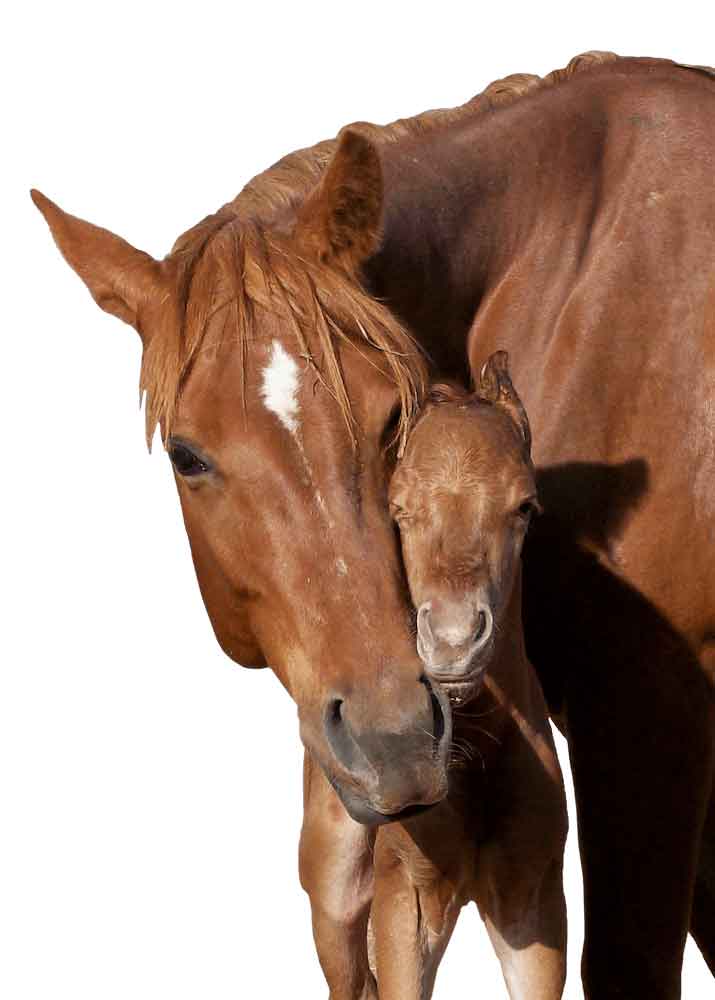
Embryo transfer
Embryo transfer involves breeding the donor mare with either cooled or frozen semen then retrieving the embryo at day 7 (day 8 for frozen semen).
Once harvested the embryo is transferred to a recipient mare. The recipient mare is usually timed to ovulate between 24 and 72 hours after the donor mare.
The typical breeding cycle for a embryo transfer is 2 or 3 weeks so potentially an number of embryos can be harvested during the breed season.
Each mare is an individual and program will vary to suit the particular mare.
Healthcare during Pregnancy
We recommend and balanced diet, regular deworming, hoof care, paddock exercise, same group of mares if possible and vaccination for Equine Herpes Virus1,4 at two month intervals starting at 5 months.
A pre-foaling health check is recommended and the exact timing of this will be determined by the mares reproductive history and other factors on the horse Breeding Farm.
A routine pregnant mare health check will involve a transrectal ultrasound and measurement of the combined thickness of the uterus and placenta (CTUP). The CTUP measurement can be used to determine whether the placenta is normal or whether a placentitis exists and whether treatment is required. Additionally the amniotic cavity is scanned for abnormalities and the orientation of the fetus can be determined.
A detailed fetal examination can be carried out by scanning through the body wall. Scanning through the body wall is a more in-depth procedure to determine more accurately fetal well being, assessment of the placenta (chorioallantois), amnion and appearance of internal organs including the genitalia.
A tetanus Strangle vaccination booster is recommended prior to foaling.
Stallion
Optimum performance through excellent veterinary care.
The stallions spermatozoa need to to swim into the oviduct of the mare, remain viable in large enough numbers to cause fertilisation of the ovum which arrives in the oviduct following ovulation.
Stallion spermatozoa from normal fresh semen survive in the oviduct for at least 48 hours and generally require some lead time to capacitate ready for fertilisation. We aim to maximise to pregnancy results from your stallion.
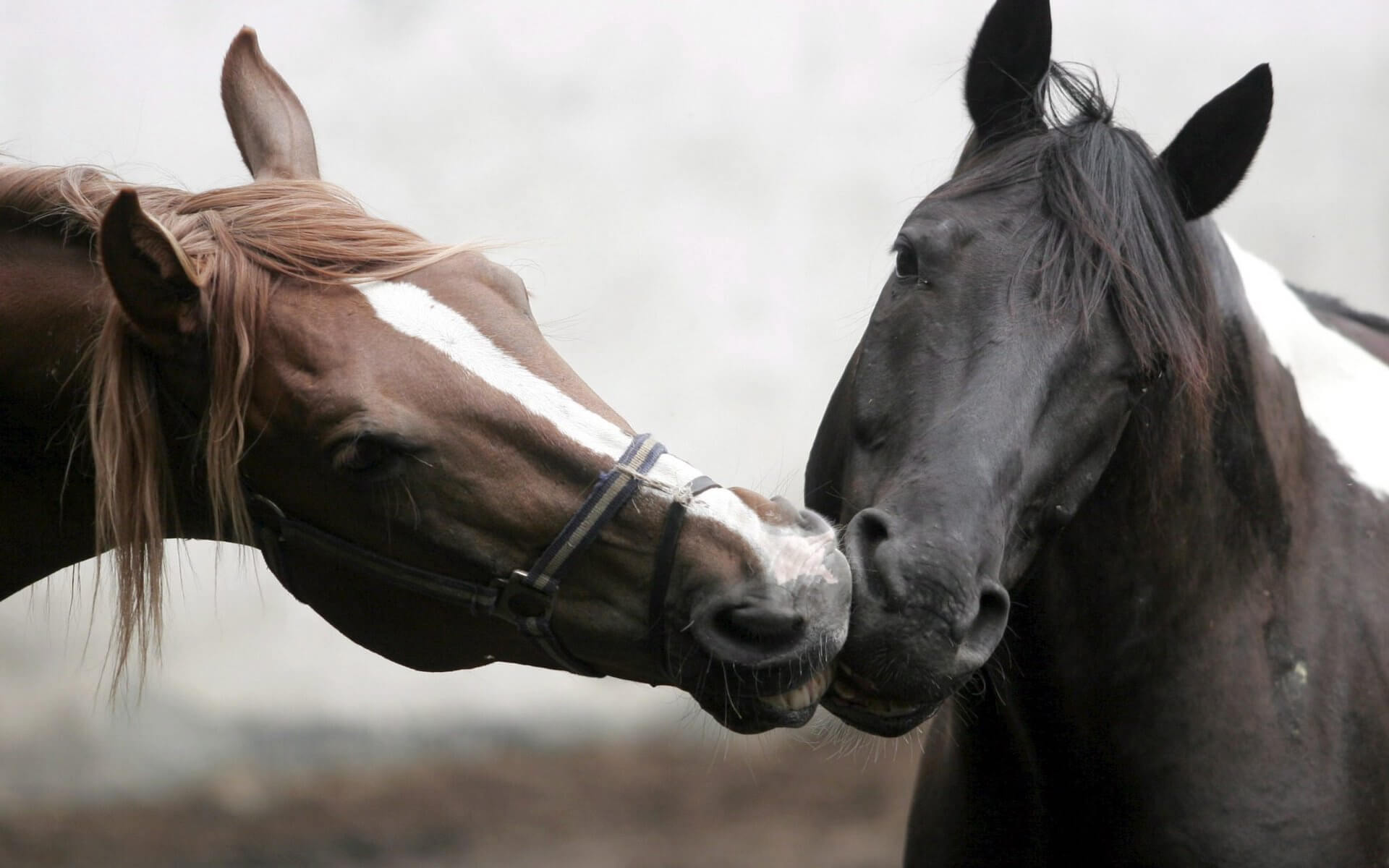
Breeding Stallions
Thoroughbred foals can only be registered when they are bred by natural service on or after 1 September.
Horse breeding farms using stallions for natural cover have a mare serving routine where the stallion is managed by experienced personal to ensure he works effectively and ejaculates fully (7 to 9 urethral pulsations) giving every mare an opportunity to become pregnant. On thoroughbred breeding farms a high percentage of mares become pregnant each breeding cycle.
The events of fertilisation are within the mare and unravelling the causes of reduced fertility requires a planned approach. Semen collection in an AV (artificial vagina) and evaluation is the usual starting point giving a first hand look at the stallions behaviour, ejaculatory function, motility, progressive motility, percentage live, longevity of spermatozoa, sperm numbers, sperm numbers relative to predicted sperm numbers, morphology, presence of urine, presence of bacteria, presence of inflammatory cells and the influence of seminal plasma on longevity.
Repeated semen collections help determine viability of stored spermatozoa vs non stored spermatozoa, daily sperm out put, ejaculatory disfunction where some ejaculates contain few spermatozoa and ejaculatory failure. Semen evaluation usually results in a working diagnosis that is consolidated with further monitoring such as post ejection (dismount) sperm examination.
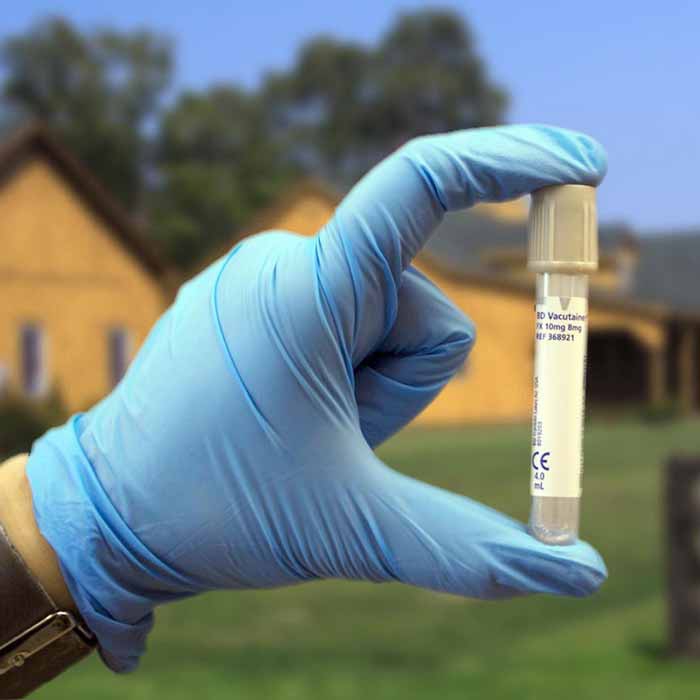
Cooled Semen
Baldivis Vet Hospital has been preparing cooled semen for semen transport for 25 years.
Preparation of cooled semen for semen transport involves collecting semen from the stallion using an AV, evaluation of the semen and preservation of the semen with semen extender, packaging usually two AI doses of semen (1 billion spermatozoa each) into a purpose designed polystyrene container with a coolant block ready for transport.
Stallions are usually examined at the start of the horse breeding season to determine how their semen is best preserved for cooled semen transport and the longevity of the cooled semen is determined.
Frozen Semen
Baldivis Vet Hospital has been Freezing horse semen for 25 years.
Frozen semen refers to semen that is preserved in liquid Nitrogen. Freezing of horse semen involves semen collection from the stallion, semen evaluation and a test freeze in various media to determine the best way to preserve the particular stallion’s semen.
Provided the semen is able frozen to an acceptable standard which is usually a post thaw motility of greater than 35%, semen is frozen on a regular basis for future use.
Meet our Equine Vets
Still something you want to know?
Please visit our other Baldivis Equine pages for more information on Rearing a Winner and Maximizing Horse Performance. If you would like to book an appointment or contact the Equine Team at Baldivis Vet Hospital, please call (08) 9524 1466. Alternatively you can send us an email at equinebarn@www.baldivisvet.com.au.
Equine FAQs
We ask that you please make an appointment prior to seeing us so that we can ensure your waiting time is minimised. Of course, if you have an emergency you can bring your pet straight in.
You can book an appointment via phone (08 9524 1466), email (info@www.baldivisvet.com.au) or through our new online bookings feature.
